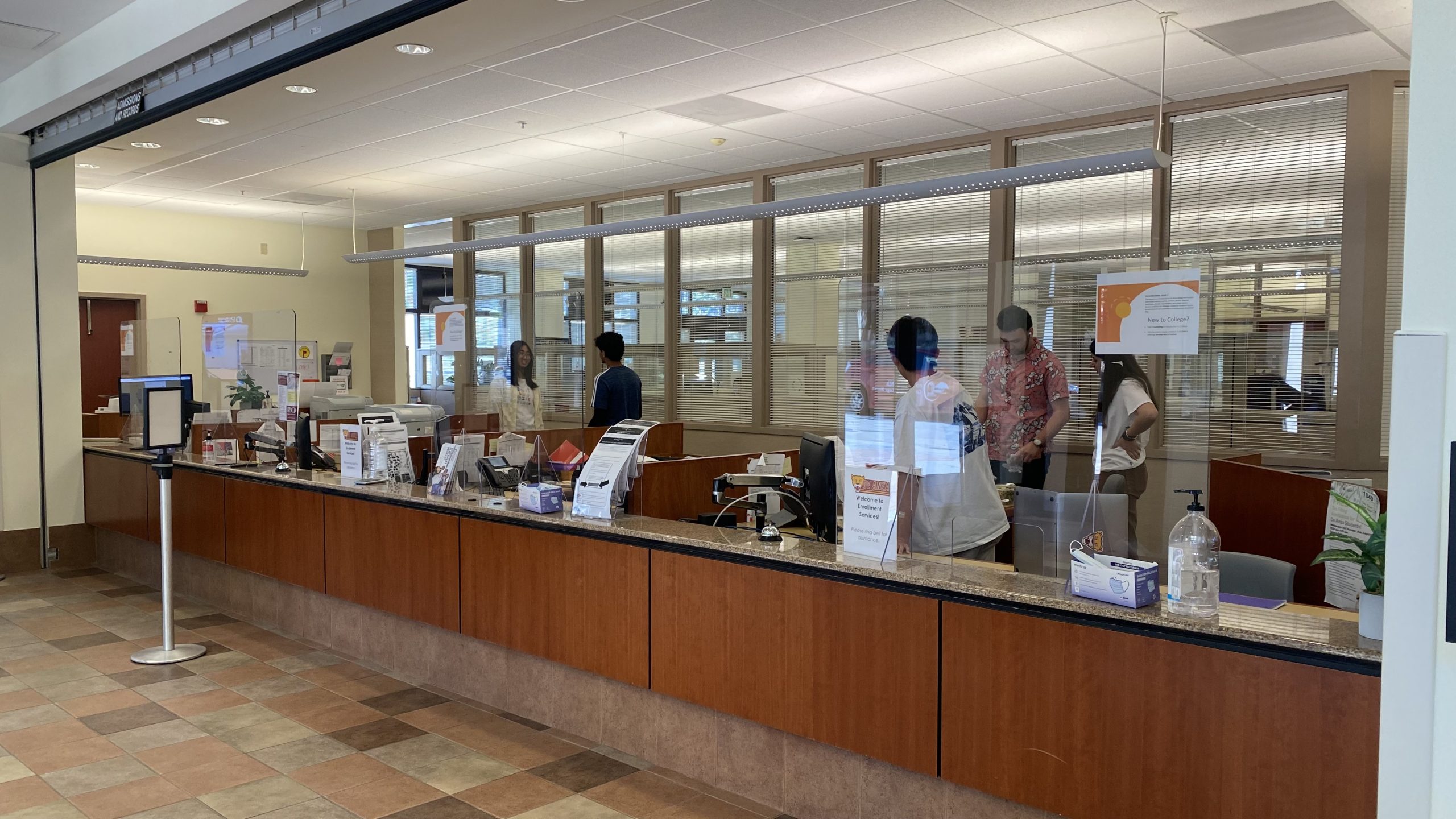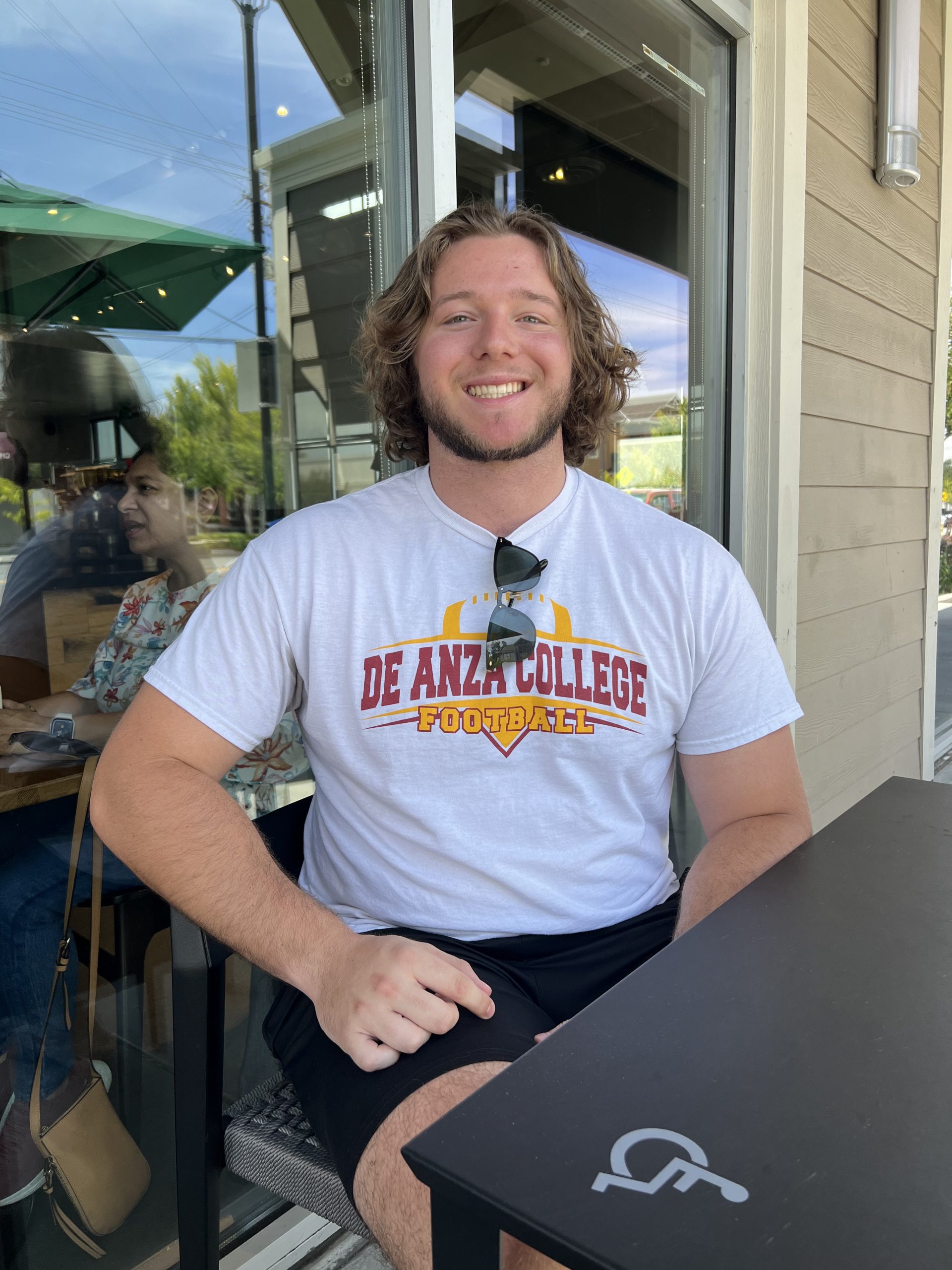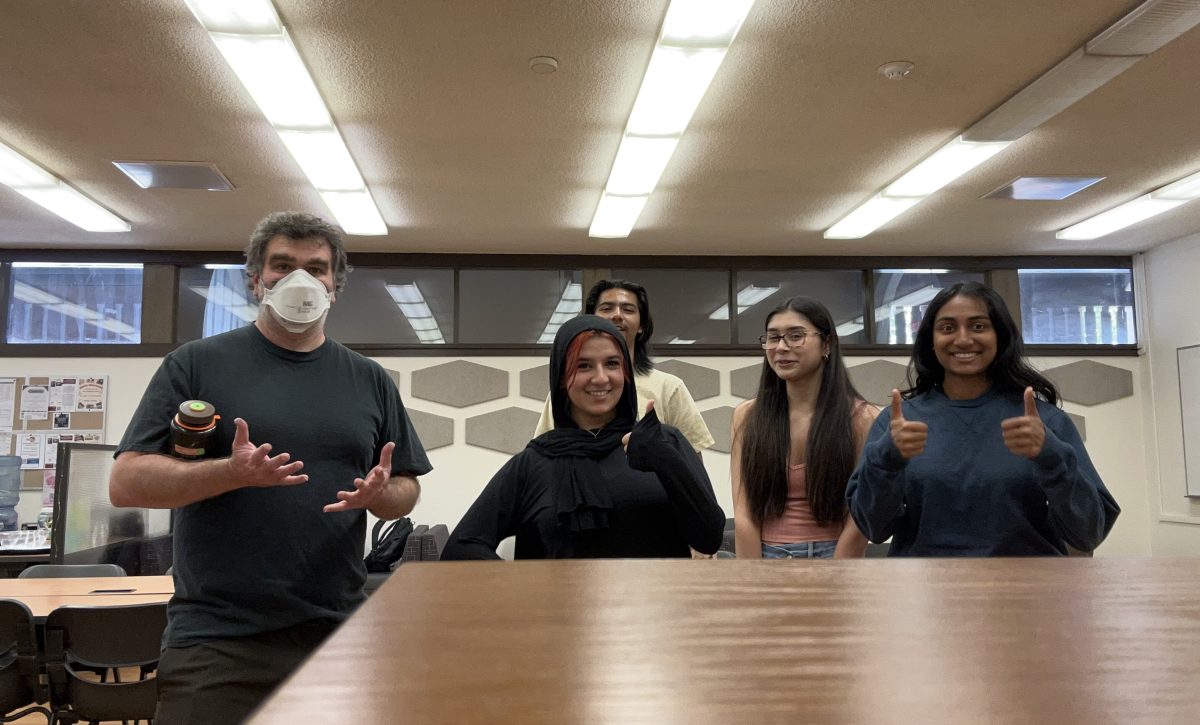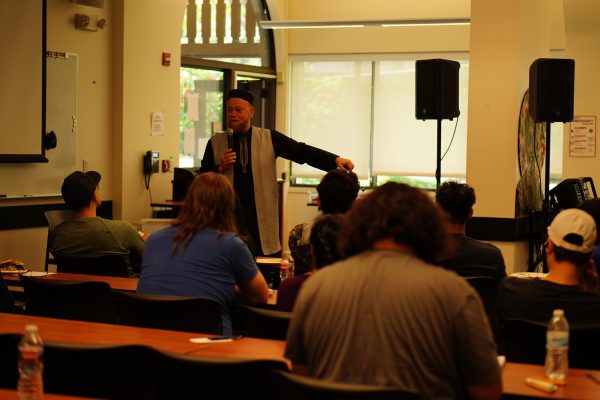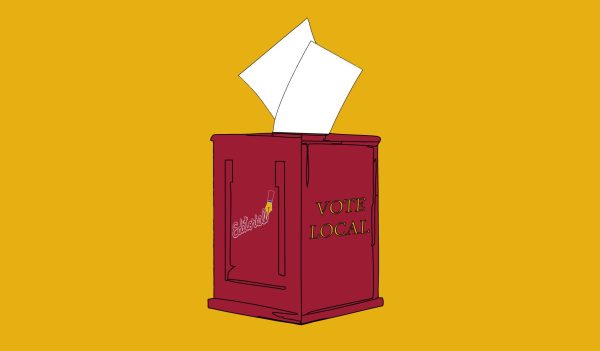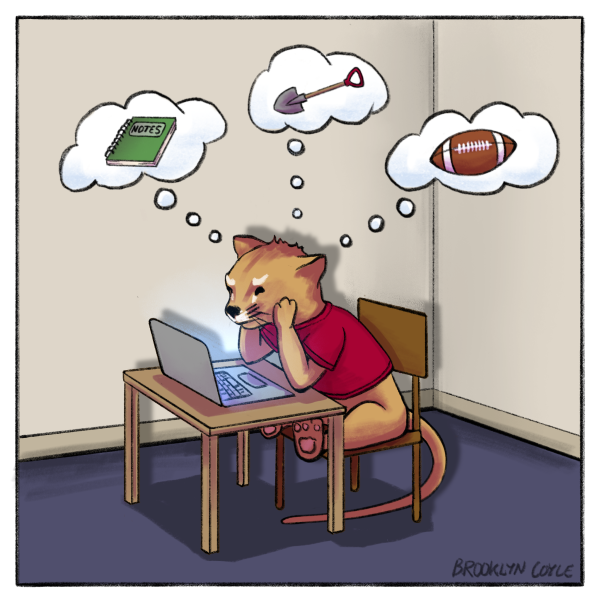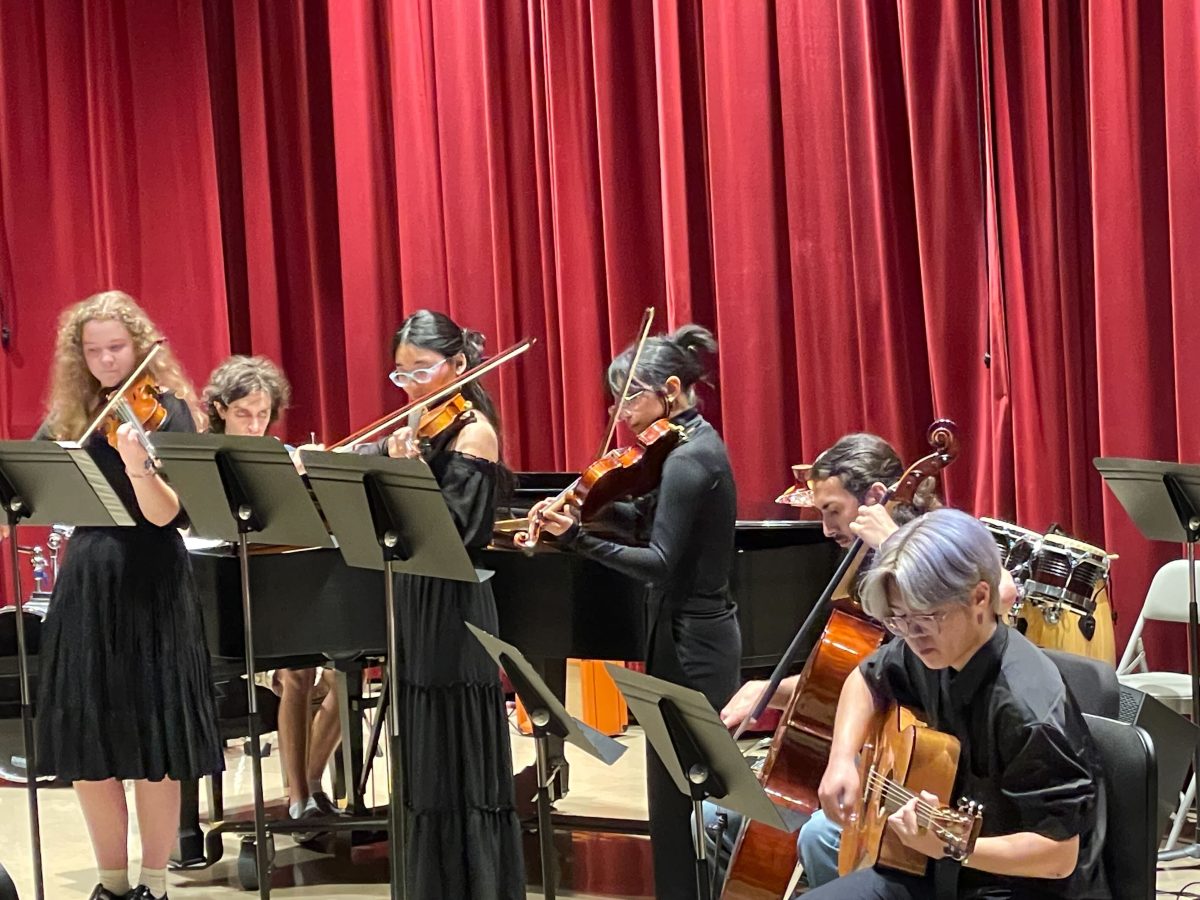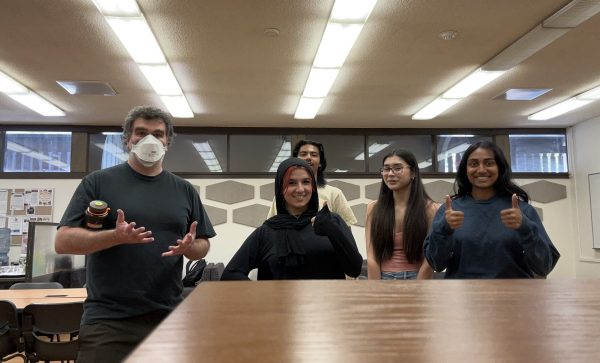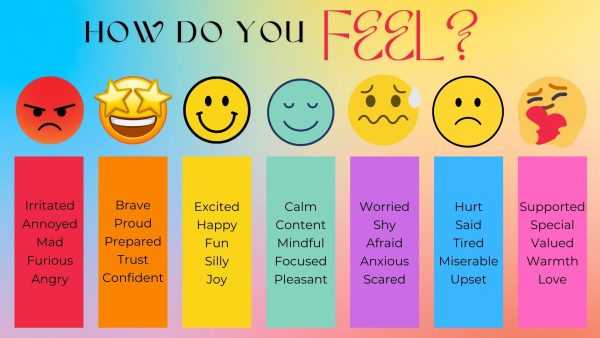Concussions: What is De Anza doing about them?
June 9, 2018
Intercollegiate concussions are no joking matter, especially considering approximately 10,500 college athletes suffer from concussions yearly, with a steady rise in cases according to a study conducted by the NCAA.
A former De Anza swim & water polo player says suffering from concussions as an athlete takes time and effort to recover from.
“My first concussion took me out for a whole two weeks…I still went to practices, but I had to sit out,” said Christina Egami, a 20-year-old biomedical engineering major. “When I was finally allowed to practice again, it took a lot of time to get back in shape and used to working hard again.”
De Anza’s athletic department says they take concussion cases seriously. “We treat all concussions equally…The athletic trainers are really concerned about symptoms and brain structure damages,” athletic trainer Steven Williams said.
Williams says there are few visible signs that a concussion has taken place, the athletic department relies on students to self-report. But when they do, the athletic trainers swiftly undergo evaluation and monitoring to prevent/subdue potential brain damage.
“There are certain red flags we look out for when we test things,” said Williams. “We test things like cognitive awareness and if they can still remember things.”
According to Williams, there has only been 1 reported concussion during De Anza’s spring quarter, which occurred in Track and Field.
“Our concussion rate is pretty low…With the data I have now, I’m unable to tell you how many concussions we’ve had this year, but we’ve done post-injury assessments for thirty individuals,” Williams said. “Sometimes we do an assessment and there’s no concussion.”
The Foothill-De Anza Board of Trustees implemented a new board policy in the summer of 2017 called BP 5700, laying down additional guidelines and requiring enforcement of sports concussion protocol.
“It’s a district policy that says there has to be a concussion management protocol in place and gives some guidelines,” said Williams.
The policy was recommended by Coleen Lee-Wheat, Simon Pennington, Warren Voyce, Shannon Bracy, ATC Foothill/De Anza and Williams.
“We’re always looking at what’s going on in the sport concussion realm to make sure our policies and procedures are up to date,” said Williams.
Policy procedures are updated annually to ensure protocol and procedures coincide with policies already being implemented.





